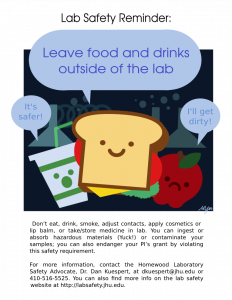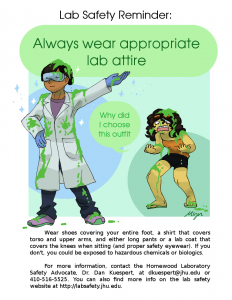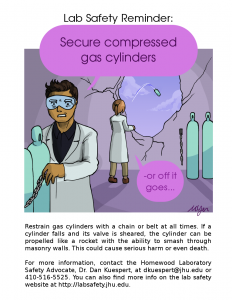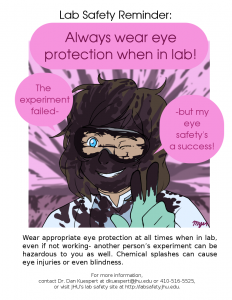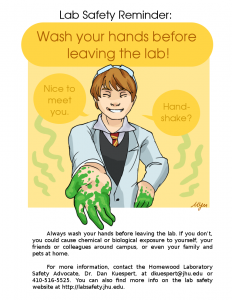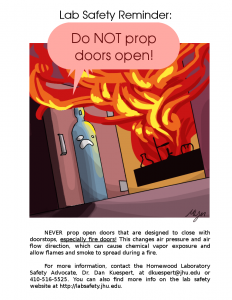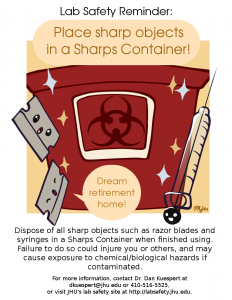All experimental protocols have a scope—that is, every experiment has parameters such as pressure, temperature, power, force, chemical identity, etc.
Many people think that performing safety analysis on an experiment is “too much trouble” because they don’t want to have to do it each and every time they change a parameter. This is not true; such people misunderstand how to use safe experimental design methods.
When we plan an experiment, the range of parameters we expect—pressure ranging from 0 to 50 bar, for example, defines a set of safe operating conditions– what I like to call a sandbox. Provided you do an appropriate safety analysis for the range of safe operating conditions you expect to use in your experiment, you can do experiments anywhere within the sandbox you like. Want to move your 5 bar experiment to 15 bar? If your safe operating pressure is defined as 0—50 bar, no additional safety analysis is necessary.
It is only when we leave the sandbox—vary parameters outside the range we’ve already studied—that additional safety analysis is needed. Recognizing when you have a need to vary outside your known safe parameters and doing the appropriate safety analysis—expanding your sandbox—to verify that the variation is safe is called Management of Change.
So an efficient and safe experimental design takes into account the widest anticipated variation in parameters—it makes the sandbox as big as possible. This requires a little thought at the beginning of an experimental series: exactly how hot might you need to operate? Exactly which chemical solvents might you need to use? It takes far less time to do safety checks on a broad scope of experimentation than to do smaller ones piecemeal during lab work—and it is far more likely to be done properly because you won’t be in a hurry to get back to the bench.
If you would like assistance in safe, efficient, broad-scope experimental design, contact the Laboratory Safety Advocate, Dr. Daniel Kuespert, CSP, at dkuespert@jhu.edu.
